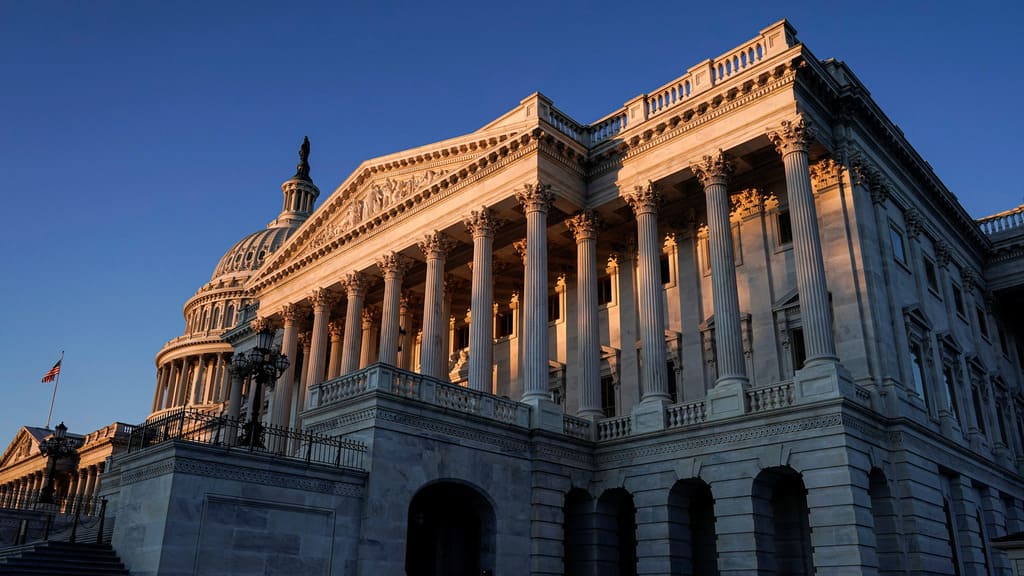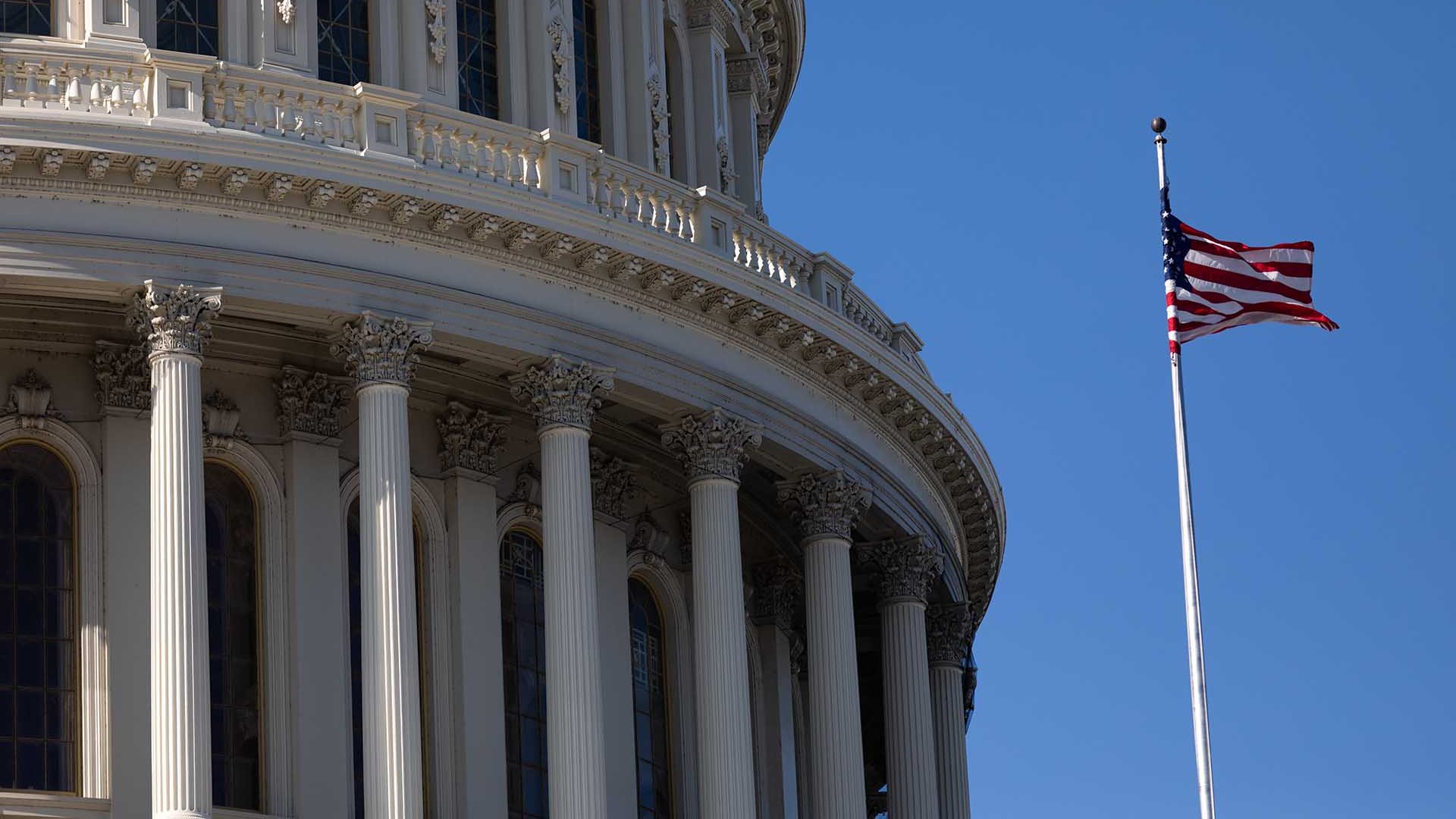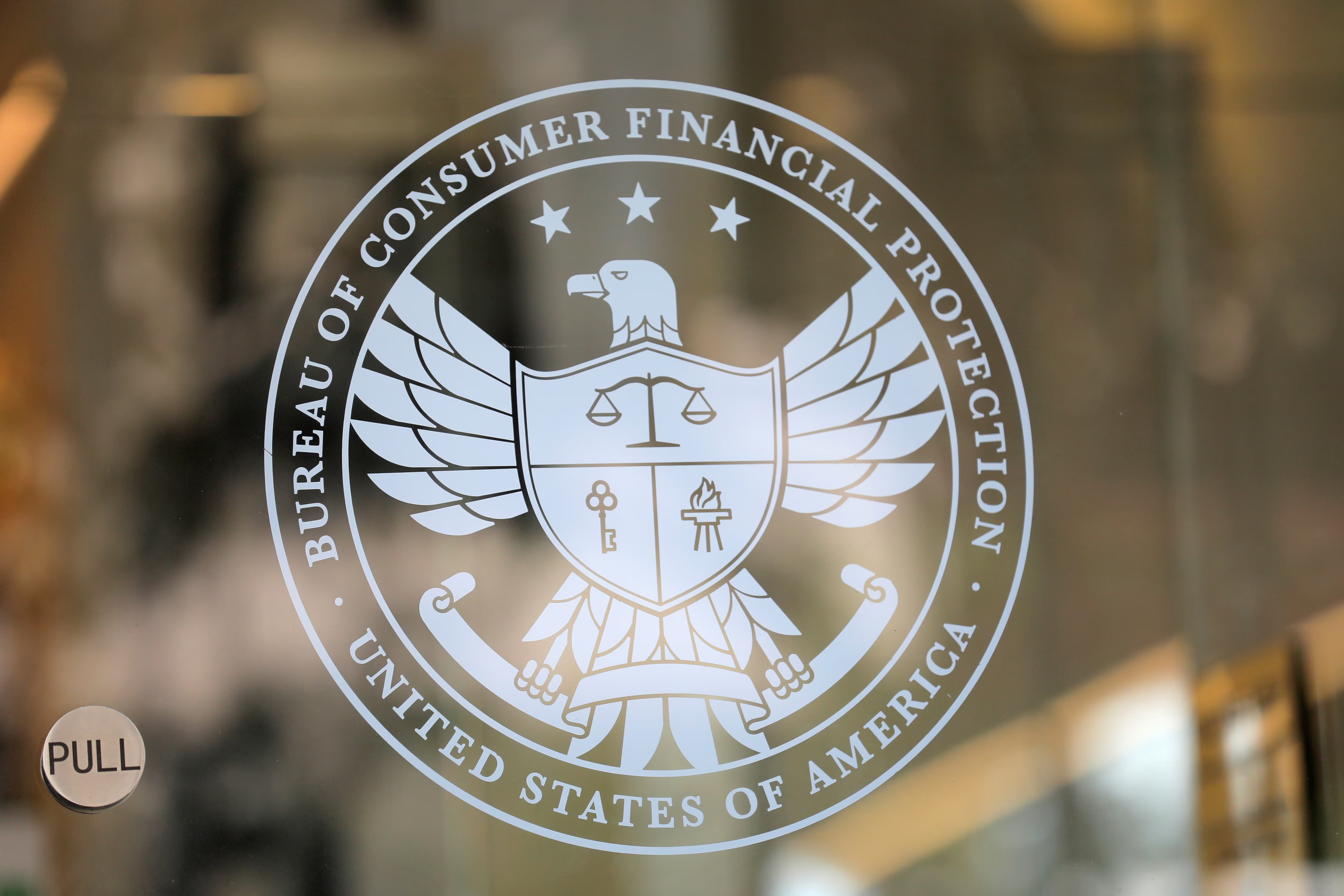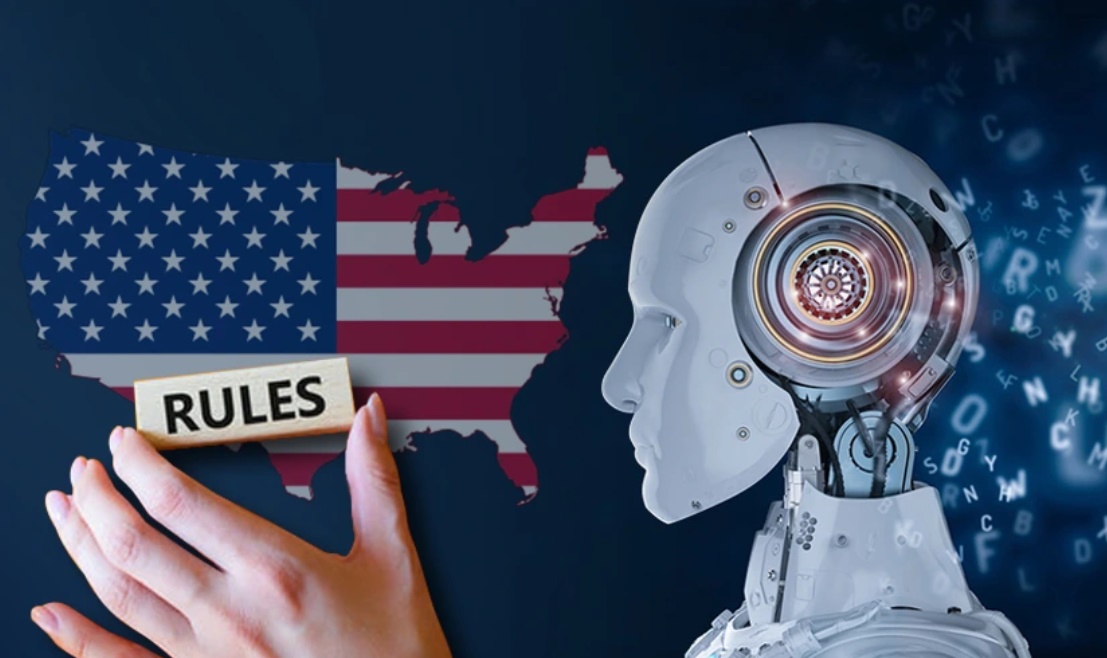🏦 USA Bank Loans in 2025: Challenges, Innovations, and Strategic Insights
BynambiPublished 87 days ago
Introduction: The Shifting Terrain of Bank Lending in America
The year 2025 marks a pivotal moment for bank loans in the United States. A combination of rapid fintech innovations, evolving consumer expectations, and tighter regulatory scrutiny is redefining how Americans borrow money. For both individuals and businesses, understanding this evolving landscape is critical to securing credit that fuels opportunity while managing risk prudently.
1. Fintech and Traditional Banks: Converging Paths
The Rise of Embedded Lending
Banks now partner with fintech firms to embed loan offerings directly into consumer apps—whether for e-commerce, payroll, or investment platforms—delivering credit products at the point of need.
Enhanced Underwriting with AI & Machine Learning
Leveraging vast datasets, lenders deploy AI-powered underwriting engines to assess borrower creditworthiness beyond conventional metrics. This includes:
Real-time income verification
Behavioral data analytics
Predictive default risk models
While increasing loan approval rates, these systems also raise concerns about bias and accountability.
2. The Regulatory Framework: Navigating Complexity
Recent regulatory developments affecting bank loans include:
Consumer Financial Protection Bureau (CFPB) enhanced oversight of digital lending platforms to ensure fair lending and transparent disclosures.
New data privacy laws at state and federal levels impose stricter controls on borrower information collection, storage, and sharing.
Ongoing debates about open banking standards aim to balance innovation with consumer protection.
Borrowers must be aware of their rights and stay informed about changing policies impacting loan terms and conditions.
3. Loan Products in Focus: Trends and Innovations
Loan Type Emerging Features Target Borrower Segments
Personal Loans Dynamic interest rates, automated repayment options Millennials, gig economy workers
Home Loans Green mortgage incentives, fractional ownership First-time homebuyers, eco-conscious buyers
Auto Loans EV incentives, integration with vehicle tracking Consumers buying electric/hybrid vehicles
Business Loans Flexible SBA-guaranteed hybrid models Small and medium enterprises (SMEs)
4. Borrower Challenges and Systemic Risks
Data Privacy and Cybersecurity: Increasing digital footprints heighten risks of breaches and misuse of sensitive financial data.
Algorithmic Transparency: Complex AI models lack explainability, making it hard for borrowers to contest adverse decisions.
Debt Accumulation: Easy access to credit can lead to unsustainable borrowing, especially amid inflationary pressures.
Economic Volatility: Macroeconomic uncertainties may affect loan availability and terms, requiring careful borrower planning.
5. Strategies for Successful Borrowing
Comprehensive Credit Health Management: Regularly monitor credit reports and address inaccuracies promptly.
Loan Comparison Tools: Utilize fintech platforms to compare rates, terms, and lender reputations effectively.
Financial Literacy Enhancement: Engage in educational programs to understand loan products and responsibilities.
Negotiation and Advocacy: Work with lenders to customize loan terms that align with financial capabilities.
Professional Financial Advice: For complex borrowing needs, consult certified financial planners or credit counselors.
6. Looking Ahead: The Future of Lending in the U.S.
As open banking frameworks mature and AI technologies become more sophisticated, loan products will become increasingly personalized and accessible. However, ethical lending, data security, and consumer empowerment will remain key pillars supporting a fair and sustainable lending ecosystem.
Conclusion
Bank loans in the USA today are more than just money exchanged—they represent a complex intersection of technology, regulation, and human decision-making. Borrowers who educate themselves, leverage technology wisely, and maintain strong financial discipline will be best positioned to thrive in this dynamic environment.




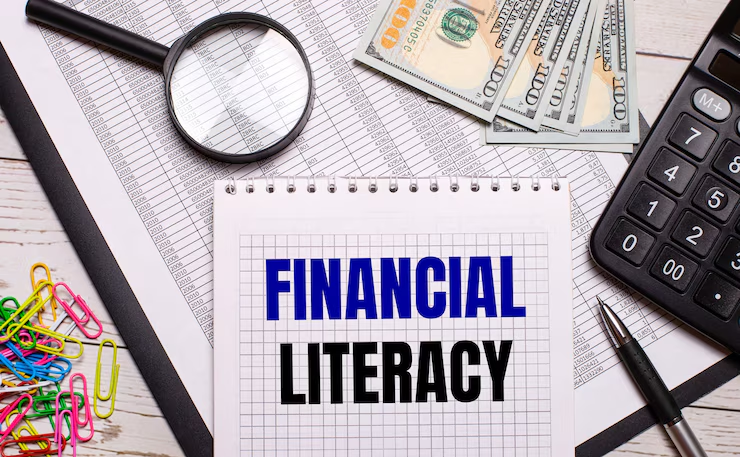
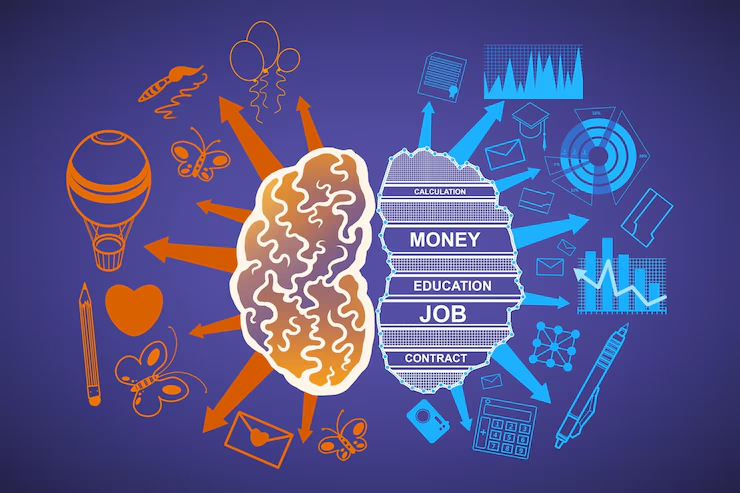

.avif)
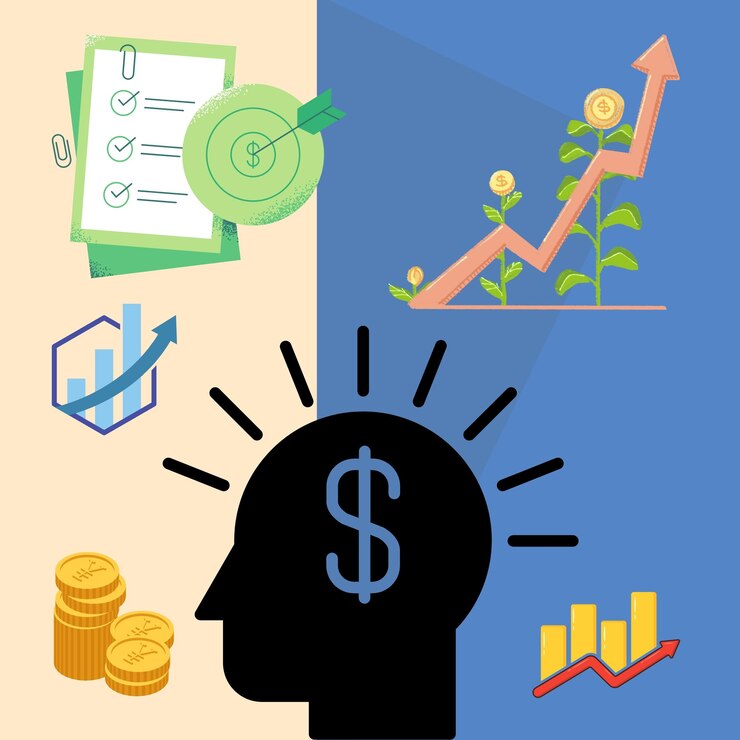




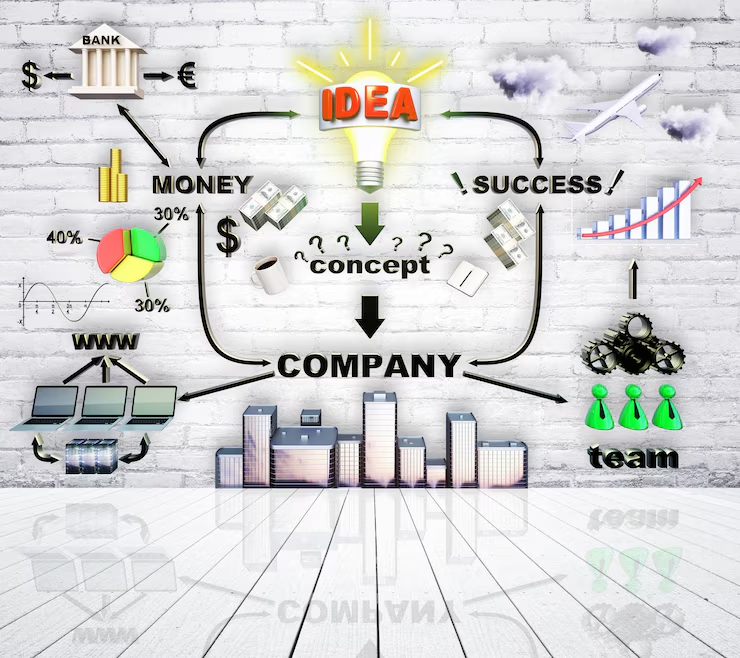

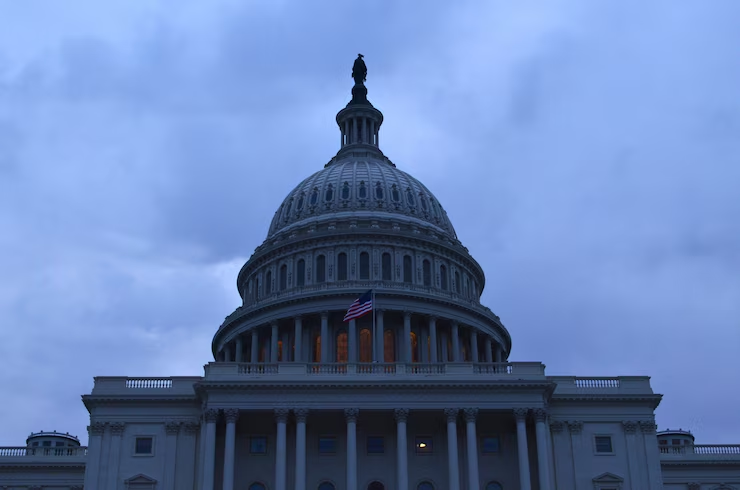










.jpg)





.png)










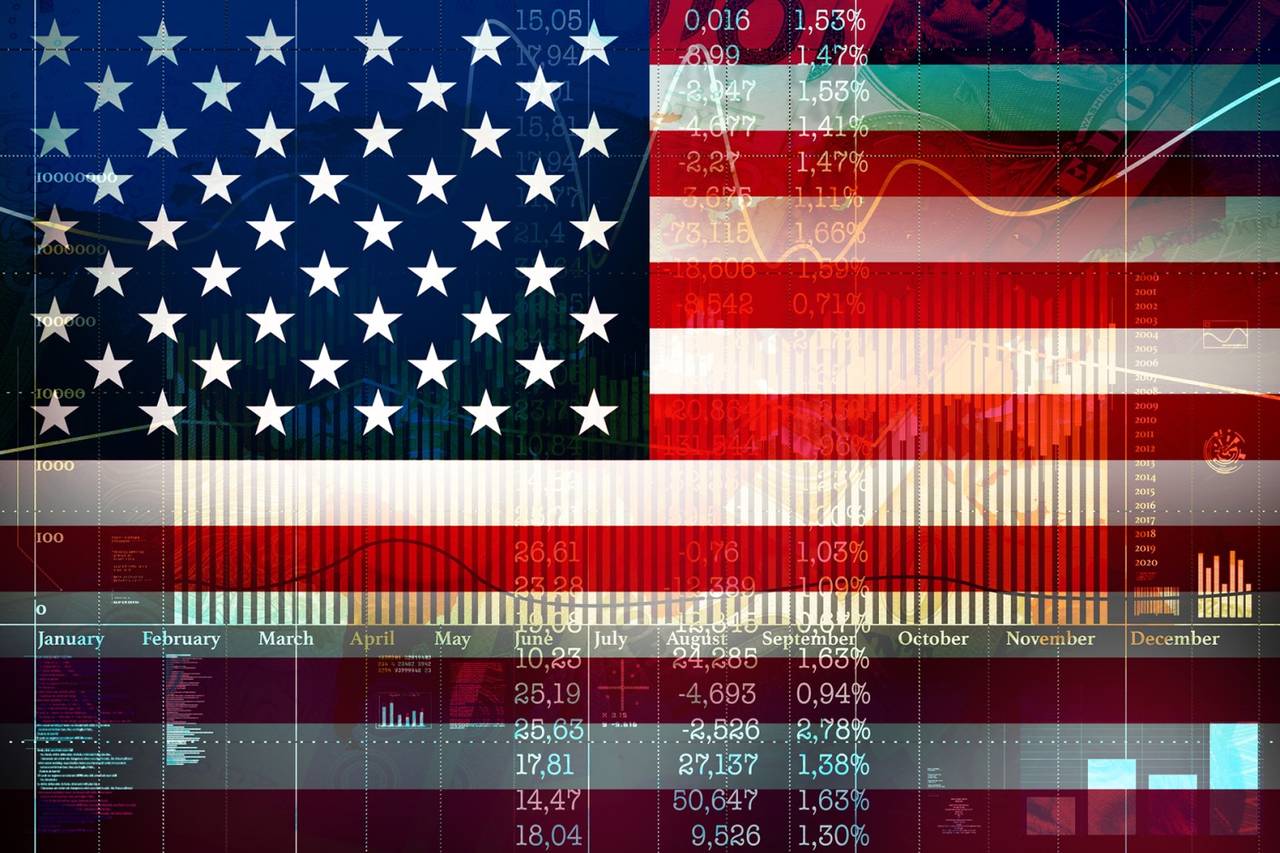





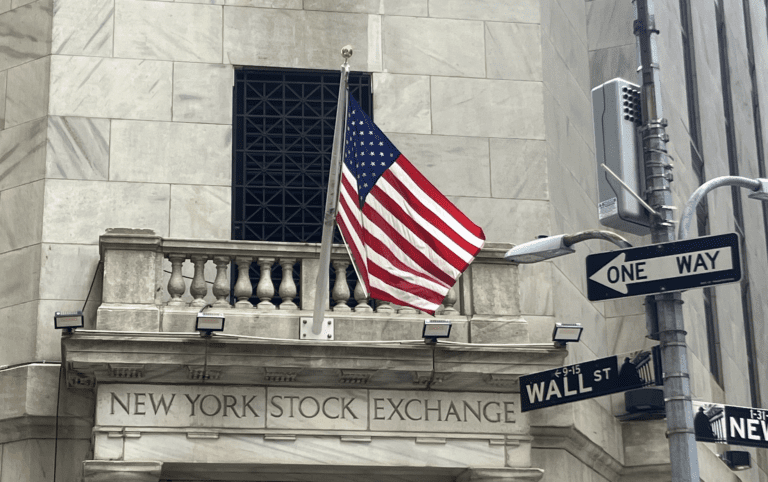

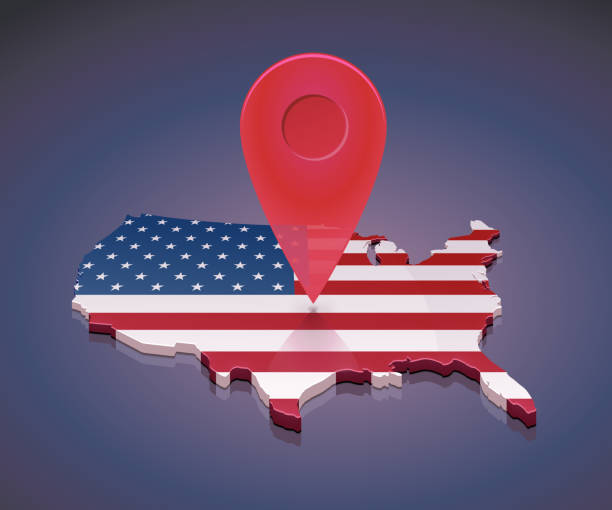




.jpg)



